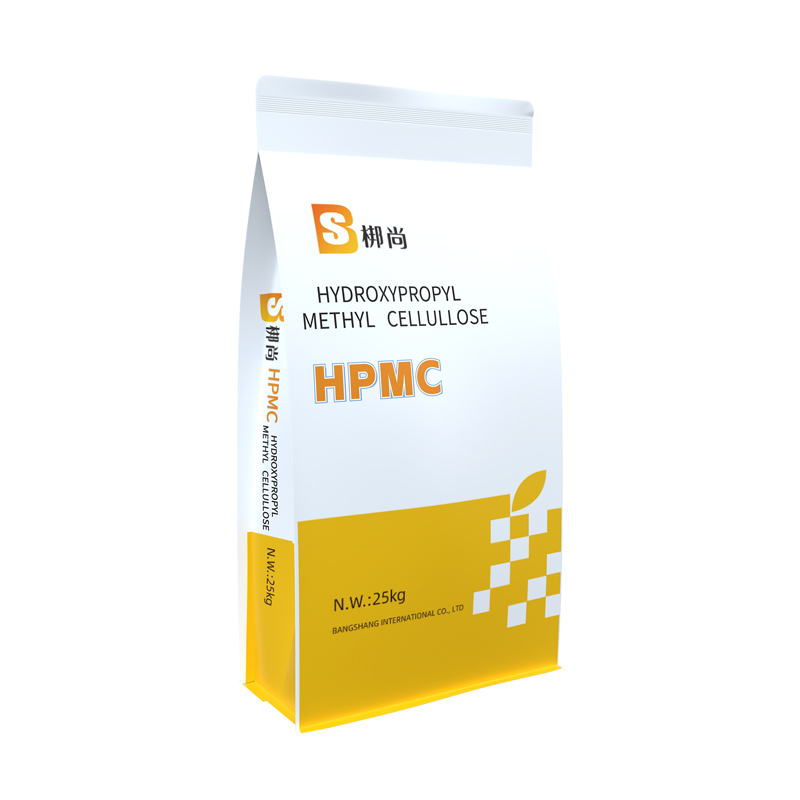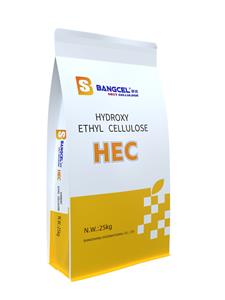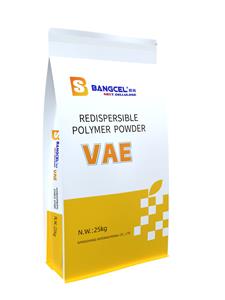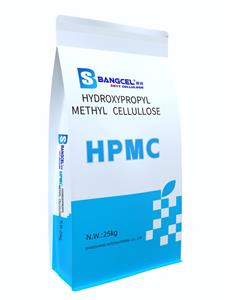Is Gypsum Plastering Waterproof
When it comes to interior finishing, gypsum plaster is a popular choice due to its ease of application, fire resistance, and smooth finish. However, one common concern among builders and homeowners is whether gypsum plaster is waterproof. This article addresses the waterproofing capabilities of gypsum plaster and introduces BANGSHANG, a brand that offers HPMC (Hydroxypropyl Methylcellulose) additives designed to enhance the properties of gypsum plaster.
Is Gypsum Plaster Waterproof?
Gypsum plaster, by itself, is not inherently waterproof. Gypsum is a naturally occurring mineral that, when mixed with water, forms a paste that can be applied to walls and ceilings. Once dried and hardened, gypsum plaster provides a smooth surface that is ideal for painting or wallpapering. However, its susceptibility to water damage is a drawback, particularly in areas prone to moisture, such as bathrooms or kitchens.

Understanding the Nature of Gypsum Plaster
The main component of gypsum plaster is calcium sulfate dihydrate (CaSO₄·2H₂O), which is hygroscopic, meaning it can absorb moisture from the air. This property makes gypsum plaster vulnerable to degradation when exposed to water or high humidity levels. Over time, water absorption can lead to the disintegration of the plaster layer, causing it to crumble or peel away from the substrate.
Enhancing Gypsum Plaster with Additives
To mitigate the effects of moisture and improve the water resistance of gypsum plaster, additives are often incorporated into the mixture. One such additive is Hydroxypropyl Methylcellulose (HPMC), which serves multiple purposes, including enhancing the workability of the plaster, improving adhesion, and imparting water retention properties.
BANGSHANG: Enhancing Gypsum Plaster with HPMC
BANGSHANG is a brand known for its high-quality additives designed to improve the performance of building materials, including gypsum plaster. Their HPMC products are specifically formulated to address the challenges associated with gypsum plaster's water sensitivity.
Workability and Adhesion: HPMC additives increase the workability of gypsum plaster, making it easier to apply and ensuring a smoother finish. Additionally, HPMC improves the adhesion of the plaster to the substrate, reducing the risk of peeling or detachment.
Water Retention: Perhaps the most beneficial aspect of HPMC is its ability to enhance water retention in gypsum plaster. This property helps maintain the moisture content within the plaster mix for a longer period, allowing for better curing and reduced shrinkage cracks. While HPMC does not make gypsum plaster fully waterproof, it does contribute to improved moisture resistance.
Environmental Factors: BANGSHANG's HPMC additives are designed to perform well in various environmental conditions, including high humidity levels. This makes them suitable for use in regions where moisture control is a concern.
Application and Benefits
When using BANGSHANG's HPMC additives with gypsum plaster, follow the manufacturer's instructions for mixing ratios and application methods. Proper incorporation of HPMC can result in:
Enhanced Durability: Increased resistance to moisture leads to longer-lasting plaster that maintains its integrity over time.
Ease of Use: Improved workability makes the application process smoother and faster.
Visual Appeal: Better adhesion and smoother finishes contribute to a professional-looking end result.
While gypsum plaster is not waterproof on its own, the use of additives such as HPMC can significantly improve its moisture resistance. BANGSHANG's HPMC additives offer a practical solution for enhancing the properties of gypsum plaster, making it a more viable option for areas where moisture management is essential. Whether you are a DIY enthusiast or a professional contractor, incorporating BANGSHANG's HPMC into your gypsum plaster mix can help achieve better results and increased satisfaction with your projects.




